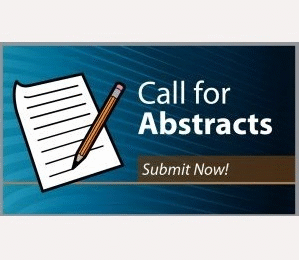Silvio Manfredo Vieira
Yale University, USA
Title: Spontaneous translocation of a gut pathobiont drives autoimmunity
Biography
Biography: Silvio Manfredo Vieira
Abstract
Regardless of the multiple associations between microbiota and immune mediate diseases, its contribution to the pathogenesis of autoimmunity is largely unknown. Here we show that a gut commensal, E. gallinarum reaches lymphocytes beyond the gut barrier, as well as liver and spleen, in the (NZWxBXSB) F1 model of autoimmunity. Oral vancomycin treatment prevented mortality in this model, suppressed growth of E. gallinarum in tissues, lowered pathogenic autoantibodies, Th17 and Tfh cells. Hepatocyte-commensal co-cultures revealed induction of IFN-, TNF-, IL-1, AhR, CYP1A1 and CYP1A2. E. gallinarum monocolonization in C57BL/6 germ-free animals also led to translocation and induction of autoantibodies as well as increase Plasmacytoid Dendritic Cells (pDCs) and Th17 responses in small intestinal lamina propria. Additionally E. gallinarum altered ileal molecules related to barrier function (occludin, claudins, PLVAP, Axin2), the mucus layer (mucin, FUT2), antimicrobial defense (REG3B, DEFA2) and inflammation (CXCR2, AhR/CYP1A1, ENPP3). Species-specific PCR of liver biopsies from Autoimmune Hepatitis (AIH) and Systemic lupus erythematosus (SLE) patients also revealed E. gallinarum, suggesting similar processes in humans. Outstandingly, human hepatocyte-commensal co-culture demonstrated production of autoimmune-promoting factors. Consistent with enhanced adaptive immune responses to E. gallinarum, AIH and SLE patients showed increased serum titers against its RNA, which may act as a potential TLR7/8 stimulus. Collectively, these data indicate that a human pathobiont translocates spontaneously to promote autoimmunity in genetically predisposed hosts, broadening our understanding of autoimmune host-microbiota interactions.

